A tourist has sparked outrage in China after jumping into a display of the world- famous Terracotta Warriors at the mausoleum of Emperor Qin Shi Huang and damaging two ancient statues.
The 30-year-old visitor, surnamed Sun, jumped over security fences and nets at the Terracotta Army Museum in Xi'an on May 30.
The man who jumped into the tomb of Emperor Qin Shi Huang was determined to be mentally ill ( Video source: Mail).
However, the man did not stop there. Once inside the protected area, he pushed and pulled priceless statues, causing serious damage. Immediately, museum security personnel quickly intervened and restrained the intruder.
According to initial investigation, the hole where the guest jumped into was about 5.5 meters high. This has led many to question how this person passed the security check.
Local authorities later confirmed that Ton suffered from mental illness. The case is still under investigation by authorities.
30-year-old tourist was diagnosed with mental illness (Photo cut from clip).
The Terracotta Army is a collection of more than 8,000 life-sized soldiers created over 2,000 years ago. Their purpose was to guard the tomb of Emperor Qin Shi Huang.
Considered one of China's greatest archaeological treasures, the site has been listed as a UNESCO World Heritage Site since 1987 and attracts millions of visitors each year.
Qin Shi Huang was the first emperor to unify China and founded the Qin Dynasty. He reigned from 221 to 210 BC.
The tomb is located in the north of Ly Son mountain in Shaanxi province, about 50km east of Xi'an.
Half a century has passed since its discovery, but this place remains a mystery to posterity, because most of the tomb has not been fully explored .
At present, while most of the cemetery surrounding the mausoleum has been excavated, the main tomb of Qin Shi Huang has never been opened.
Experts say that perhaps no one has ever looked inside this tomb in the more than 2,000 years since the famous Emperor was buried.
One of the reasons behind this hesitation is because archaeologists fear that excavation could damage the tomb, losing important historical information.
To date, only a small part of Qin Shi Huang's tomb has been excavated (Photo: Museum).
Currently only invasive archaeological techniques can enter the tomb, which carries a high risk of causing "irreparable" damage.
In addition, opening the tomb is considered to be able to cause "unexpected deaths".
In an ancient document written by the ancient historian Sima Qian about 100 years after Qin Shi Huang's death, he explained that "the tomb was designed with many types of traps that could kill anyone who dared to invade."
"The tomb is filled with rare artifacts and precious treasures. Mercury is used to simulate rivers, which are set to flow mechanically," part of the ancient document reads.
Following the incident, security measures were tightened to prevent a similar incident from happening again. The museum has now reopened to visitors, while archaeologists continue to repair and assess the "immeasurable" damage caused by Ton.
Source: https://dantri.com.vn/du-lich/nguoi-nhay-xuong-lang-mo-hoang-de-tan-thuy-hoang-mac-benh-tam-than-20250604161156342.htm


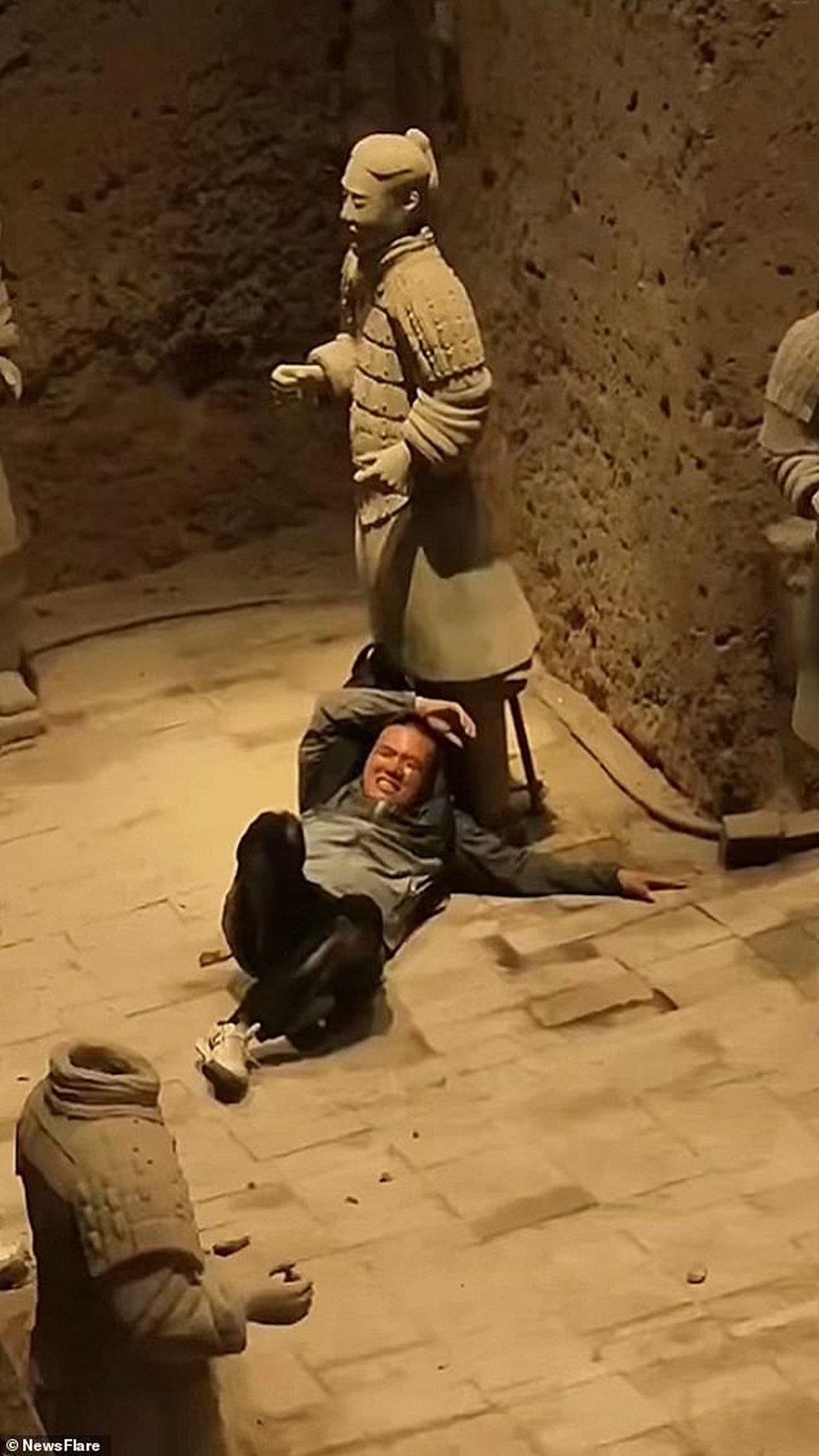
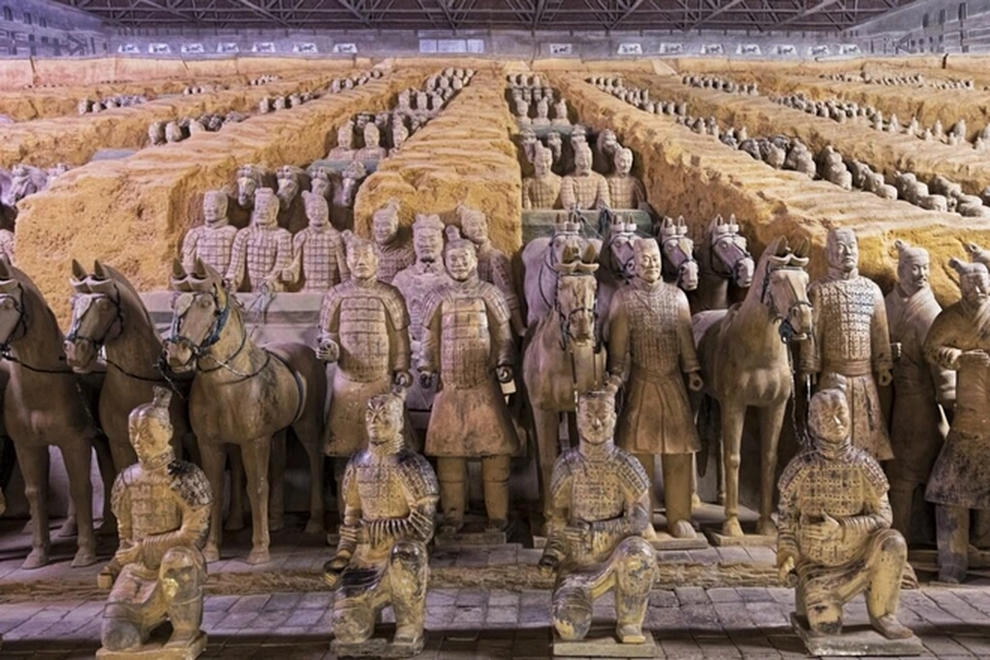



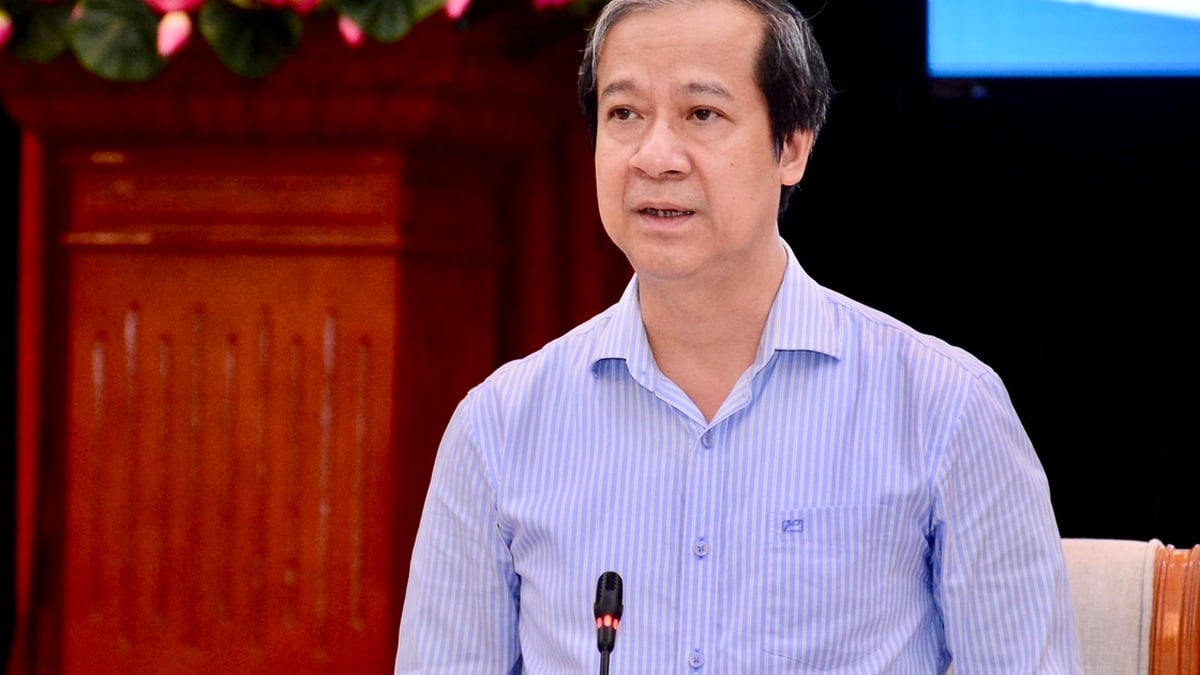
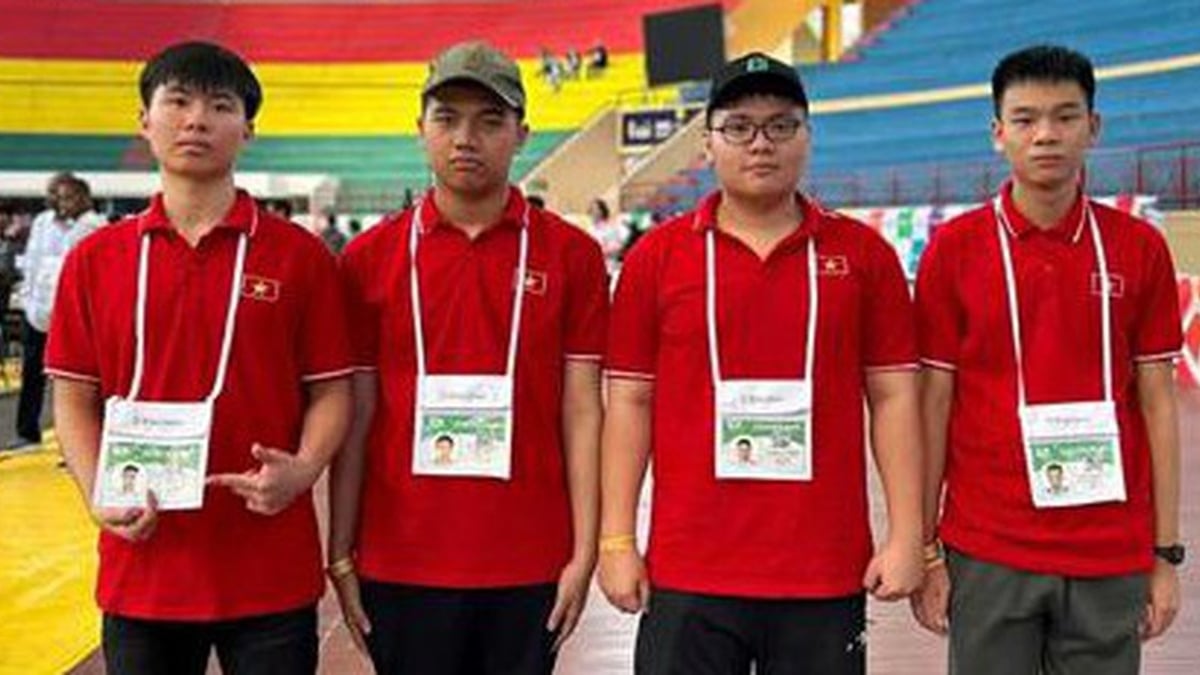



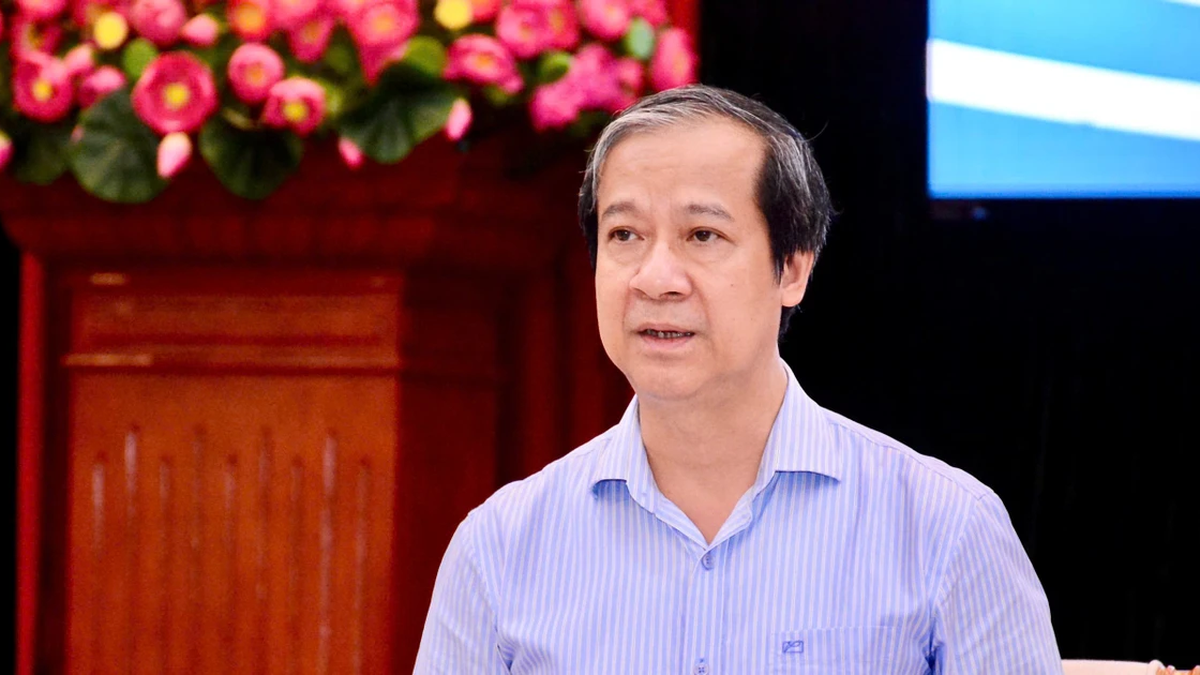























































































Comment (0)